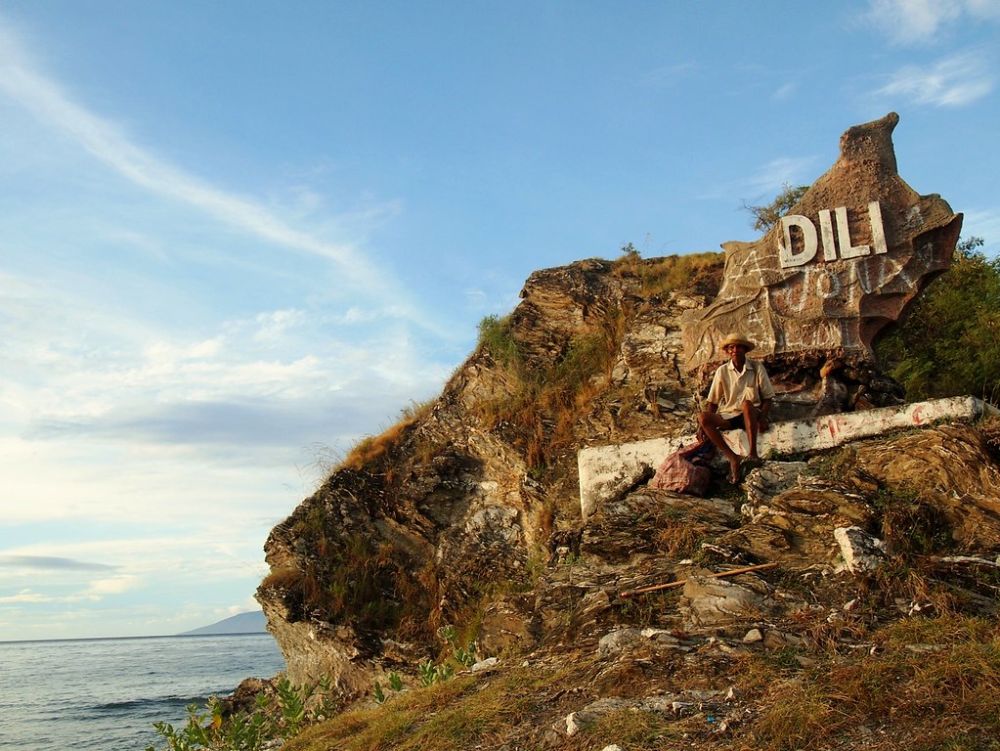

Tasitolu, meaning "three salt lakes" in Tetum, the local language, is an area that consists of three saline lakes and the surrounding land. Historically, Tasitolu has been a sacred space for the local Timorese people, often utilized for traditional ceremonies and rituals. With the arrival of the Portuguese, its significance continued but also started to blend with the colonial influences.
During the Indonesian occupation, Tasitolu's importance was overshadowed by political and military activities. However, it gained international attention in 1996 when Nobel Peace Prizes were awarded to Carlos Filipe Ximenes Belo and José Ramos-Horta for their efforts to bring peace to the region.
After the restoration of independence in 2002, the government of Timor-Leste, with support from the international community, began focusing on Tasitolu as a symbol of peace and regeneration. The area was developed into the Tasitolu Peace Park, marking it as a place dedicated to peace, reconciliation, and environmental conservation.
The site gained further significance in 2006 when it hosted a major event - the International Troop Stabilisation Force - following civil unrest in the country. This area has consistently been utilized for important public celebrations, including independence anniversaries and cultural festivals.
In recent years, Tasitolu Peace Park has seen an increasing interest from both local and international tourists. The combination of its historical significance and natural beauty makes it an attractive destination. Visitors can explore the serene lakes, take in the views from the Cristo Rei statue, and engage with the site's historical narrative.
The latest tourism trend in Dili and regions like Tasitolu involves eco-tourism and sustainable practices to protect the natural and cultural heritage. There's a growing emphasis on community-based tourism, providing visitors with an authentic experience while benefiting local populations directly.
Furthermore, Timor-Leste's government and tourism agencies are progressively promoting Tasitolu Peace Park as part of history-focused travel packages, aimed at those interested in learning about the country’s journey to independence and its efforts towards peacebuilding.
Today, Tasitolu Peace Park stands not only as a destination for reflection and remembrance but also as a beacon for the enduring spirit of the Timorese people. Visitors respect and appreciate the site for these qualities, making it a revered component of Timor-Leste's tourism portfolio.
The future of tourism at Tasitolu Peace Park is tied to ongoing conservation efforts and the responsible promotion of its historical and cultural significance. With a focus on sustainable development and preserving the area's unique environment, the site is expected to remain an important tourist destination that pays homage to Timor-Leste's past while contributing to its economic and social progress.
As Timor-Leste continues to establish itself as a prominent tourism destination within Southeast Asia, Tasitolu Peace Park will likely remain at the forefront—a tranquil space that tells a tale of struggle, restoration, and hope.